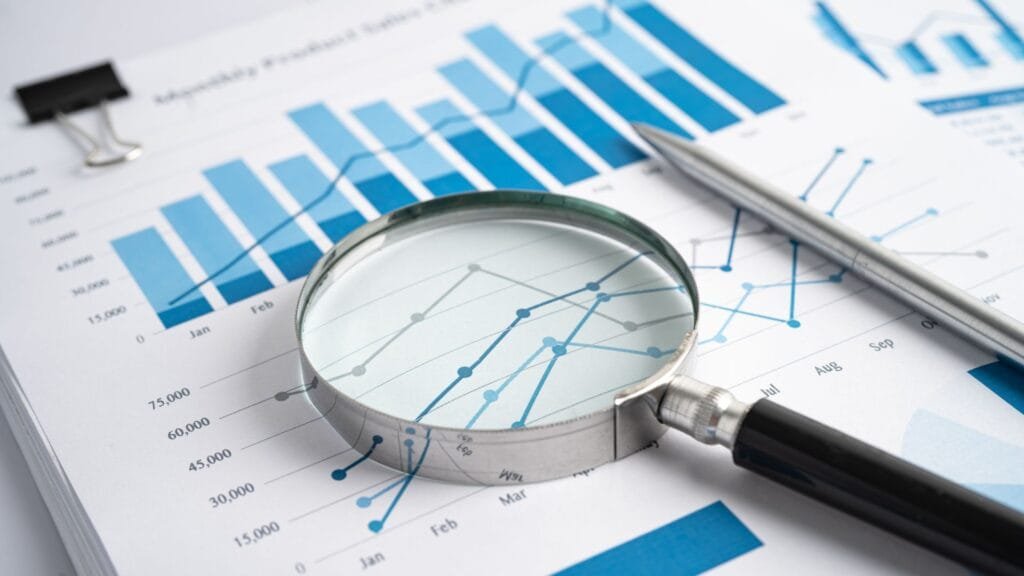This blog will tell you concept of Correlation studies. It will define the Correlation studies with example. Then it will tell you Importance of Correlation Study. It will also tell you steps for Research design in Correlation Studies. This blog contains information about Types and Methods of Correlation. Then in the end we will discuss about the difference between Experimental and Correlation Studies. We will discuss methods, Importance and types of Correlation study.
Definition of Correlation:
“A correlation study is a type of research design that look at the relationship between two or more variables” These are non-experimental so means that the experiment does not manipulate or control any of the variables. It generally refers to a relationship between two variables. Correlation can be strong or weak so as to identify the statistical relationship without any irrelevant variable. We will discuss methods, importance and types of Correlation study.
Example of Correlation:
A study conducted to examine the relationship between self-esteem social anxiety inventories wed to then researchers decide which or questionnaires will be measure the two variables, which calculates that statistical correlation. The statistical analysis will provide a significant result with the help correlation coefficient by giving a Positive, negative or no association between variables.
Correlation in Research Design:
He take steps when designing are the following that a researcher’s correlation study:
Stating the research question
Identifying the variables
Writing of hypothesis statements
Conducting the research and gathering data
Analyzing the data
These are the steps taken in designing in research’s correlation study.
Types of Correlation:
There are three types of Correlation:
1: Positive Correlation:
A positive correlation is a relationship between two variables that moves in the same direction. A positive correlation indicates the extent to which those variables increase or decrease in parallel. It is simply the direct relation. This explains that if two positively correlated variables, when one variable goes higher or lower, the other will go automatically in the same way and in same direction. It is really helping in decision making during any research or task.
Example of Positive Correlation:
• When GDP of a country increases, the demand of goods and luxury products also increases.
• When students work hard, their marks and GPA also increases.
2: Negative Correlation:
A negative correlation is the relationship between two variables in which the value of one variable increases as the value of the other decreases and vice versa. It is also called as inverse correlation. It can vary widely over time as correlation changes due to many conditions. In this type of correlation one variable always goes in the opposite direction and so the other variable under consideration. This explains that variable do not compliment each other.
Example of Negative Correlation:
After age 20, there is a negative correlation between health and age.
Smoking is negatively correlated with good health.
As a person exercises more, his weight decreases.
3: No Correlation:
The term no correlation mean that there is no relationship between the variables. In this type of correlation, one variable moves one way and the other moves in another unrelated way. In this type of correlation there is no pattern to the points. There is no relation of the two variables with zero correlation. This depicts that no task so work can be conducted with variables with no correlation.
Example of No Correlation:
The nicer you treat your employees so the higher their pay will be.
The more funds you will invest in your business so the more employees will leave work early.
The earlier you arrive at work, your need for more supplies increases.
These are the possible types of Correlation.
Types of correlation elaborates the importance of correlation study.

Importance of Correlation:
1. Importance in business:
In business we need to understand, how different factors are related in order to make decisions about; Marketing, Product development or strategic planning.
2. Importance in research:
Correlation allows to identify which variables are related, to control them in experiments.
3. Cause and Effect:
Correlation can also help us to understand cause and effect relationship between variables, i.e. If we see strong correlation between smoking and lung cancer, we can conclude that smoking causes lung cancer.
Importance of Correlation study will help us to understand the types and use of Correlation.
Methods of Correlation:
There of some of the methods of Correlational Studies:
1: Naturalistic Observation Method:
Naturalistic observation is a correlation research methodology which involves observing people’s behavior so as shown in the natural environment where they exist over a period of time. In this research method researcher pays attention so as to natural behavior patterns of the subject under consideration.
2: Archival Data:
In this type of research that involves making use of already gathered information about the variables in correlation research. Since this method involves using data that is already gathered and analyzed, it is usually straight to the point.
3: Survey Data:
Survey method is the most common method of correlation studies. It involves random sampling of the variables in which participants fills a questionnaire centered on the subject of interest so as to know about them.
Correlation study VS Experimental Study:
Correlation Study
- In correlation studies, the researcher looks association among naturally occurring variables.
- Correlation only show association between variables.
- In correlation you measure variables without manipulating them.
- Correlation study studies about association of all the variables so as to choose the most suitable one.
- Correlation is expressed and so explained in theory form.
VS
Experimental Study
- In experimental studies, the researcher introduces a change and then monitor its effects.
- Experiment establish causality.
- In experimental study you manipulate the variable and then measure its effect.
- Experimental study studies about effect of one independent variable on a dependent variable.
- Experimental study needs a proof in the form of experiments so as to prove a variable suitable or not.
Conclusion:
Correlation studies provide similarities between the variables under consideration. This provide easy-going environment to work further on the topic and know more about it. This leads to make the research easy and understandable. By correlation we can judge and know more about an unknown object or situation. Applying correlation makes the research or case study very easy. It makes the research work much easier than without the use of correlation. It helps us to know more about the variables that are under observation. Correlation can be applied for any field and any research because correlation always helps in understanding the situation by understanding relations between variable.

To read more blogs, click links below:


Comments